You lastly dedicated to an train routine. You’ve received comfortable sneakers and funky new leggings. You’re huffing and puffing your strategy to wellness. Then your well being tracker mentions needing to hit your goal coronary heart charge and also you’re undecided what which means.
Cleveland Clinic is a non-profit educational medical middle. Promoting on our web site helps help our mission. We don’t endorse non-Cleveland Clinic services or products. Coverage
No must really feel like an train beginner. Train physiologist Chris Travers, MS, explains coronary heart charge zones — and in the event that they actually matter once you’re understanding.
What are train coronary heart charge zones?
Coronary heart charge zones are a share of your most coronary heart charge (heartbeats per minute). Train too near your most HR (Mhr) and your coronary heart and physique will battle to maintain up with the calls for.
“The objective of coronary heart charge zones is to make you essentially the most environment friendly, however to let you problem your self to enhance cardiovascular health,” says Travers.
Train coronary heart charge zones are the coaching ranges based mostly in your most coronary heart charge. As you improve your tempo, cadence and workload, you improve the calls for in your coronary heart. Travers breaks it down:
- Decrease-intensity zone: You’re exercising at 50% to 60% of your max coronary heart charge. At this level, 85% of the energy you burn are fats. The draw back? You’re burning fewer energy total than you’d for those who had been exercising at the next depth. You’re usually capable of maintain this zone the longest period of time.
- Temperate zone: You’re exercising at 60% to 70% of your max coronary heart charge. Roughly 65% of the energy you burn are fats.
- Cardio zone: Working at 70% to 80% of your max coronary heart charge places you within the cardio zone. About 45% of the energy you burn are fats. However you’re burning the next variety of total energy in comparison with the opposite coronary heart charge zones. You usually maintain this zone the shortest period of time.
Why do you burn much less fats the tougher you’re employed out? Travers explains, “As soon as your coronary heart charge will increase, you’re not taking in as a lot oxygen. You possibly can’t oxidize fats quick sufficient. Your physique turns to a different, extra available vitality supply to offer gas for you — glycogen, also referred to as carbohydrates.”
How do coronary heart charges have an effect on exercises?
Coronary heart charge zones let you understand how onerous your coronary heart is working and what vitality supply you’re utilizing — carbohydrates or fats. The upper your coronary heart charge will get, the extra you’re counting on glycogen from carbohydrates for gas.
“For endurance athletes, it’s greatest to train within the zones that principally depend on fats for gas,” says Travers. “Fats is a longer-lasting vitality supply and higher for longer, intense exercises.”
Finest coronary heart charge zone for fats loss
You’ll burn fats at each train coronary heart charge zone. If you happen to’re simply beginning to train, goal for the lower-intensity coronary heart charge zone. As you construct stamina, push your self into the subsequent zone till you’re comfortably on the cardio degree. That’s your coronary heart getting stronger.
Cardio train is designed primarily to enhance coronary heart and metabolic well being, says Travers. It helps decrease your:
- Blood stress.
- Ldl cholesterol.
- Blood sugar.
For fats loss, he recommends power coaching to construct muscle. Having extra muscle mass boosts your metabolic charge (the variety of energy you burn whereas at relaxation), serving to you burn extra energy all through the day.
“If you happen to haven’t been energetic earlier than, then cardiovascular train will assist with weight reduction at first. However sooner or later, you’ll turn into aerobically match,” Travers notes. “You then received’t use as a lot vitality (energy) to finish the identical quantity of train, so that you’ll cease seeing vital weight reduction.”
How do I discover my goal coronary heart charge?
To seek out your goal coronary heart charge zone, you first need to know your max coronary heart charge. The only strategy to decide that’s to subtract your age from 220. That quantity is a common guideline to your max coronary heart charge. Then multiply that quantity instances the proportion listed within the train coronary heart charge zone you need to be in.
For instance, a 40-year-old girl has a max coronary heart charge of 180 beats per minute (bpm). To train within the lower-intensity zone, multiply 180 instances 50% or 60%. The goal coronary heart charge would vary from 90 to 108 for a low-intensity exercise.
Some train machines like treadmills robotically observe your coronary heart charge for you. However you may as well observe it your self by sporting a coronary heart charge monitor or health tracker.
What coronary heart charge is just too excessive?
Something over your max coronary heart charge is unsafe. Nevertheless it’s additionally about period, says Travers. You are able to do brief bursts in the next, extra intense coronary heart charge zone. General, although, it’s greatest to spend longer durations in a zone beneath your max coronary heart charge.
Does the typical particular person want to trace their coronary heart charge?
“You probably have coronary heart illness, it’s necessary to be taught goal coronary heart charges and monitor them as you train. For everybody else, the discuss check works simply positive,” says Travers. “Are you able to discuss and keep it up a dialog once you’re exercising? You then’re in a heart-healthy, reasonably straightforward zone. Don’t stress concerning the numbers.”
What issues most is that you simply make an effort to maneuver extra. Any train, for any size of time, will enhance health. If monitoring your coronary heart charge makes you cheerful, then go for it. But when coronary heart charge calculations turn into a stumbling block, overlook about it. Your journey to changing into stronger and more healthy is just too necessary to let something get in the best way.


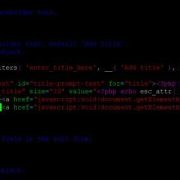
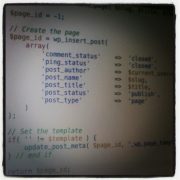
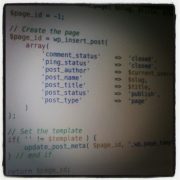


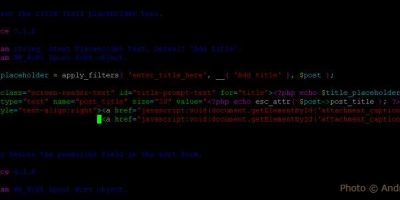


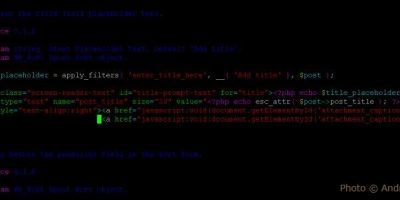








Comments